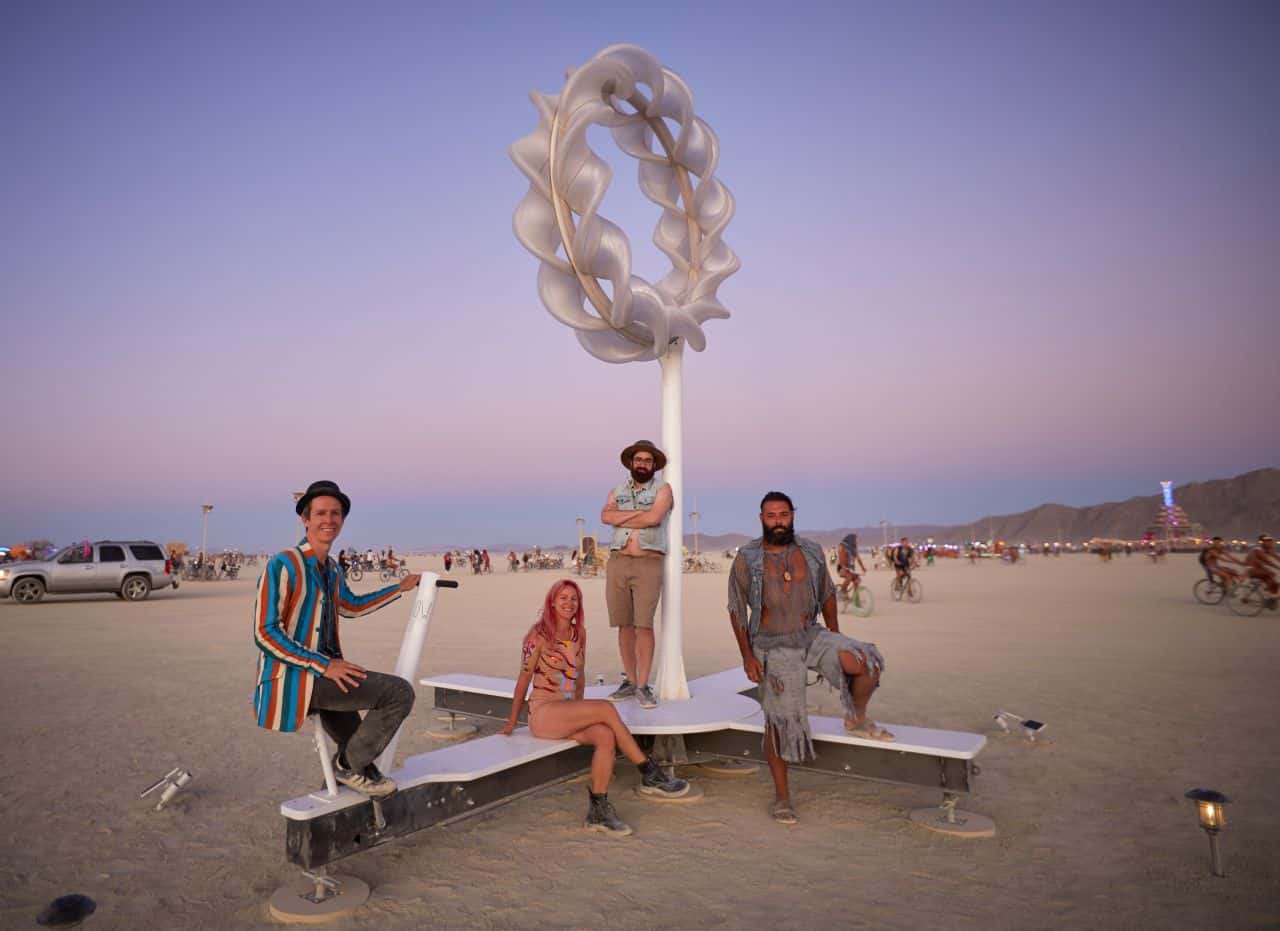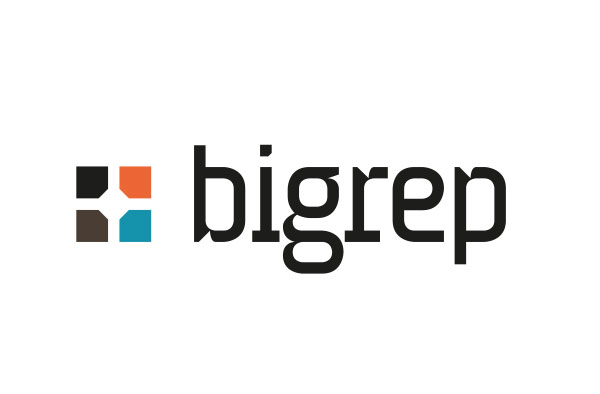
By loading the video, you agree to YouTube's privacy policy.
Learn more
When a magician approached various workshops about the possibility of building a giant spinning ring powered by a stationary bicycle, he received a lot of rejections. On the face of it, it’s easy to see why.
That magician, Joe Culpepper, had come up with the idea while reading about optical illusion rings, the history of which goes back centuries. Despite having a consistent width, such rings appear to enlarge and contract when they are rotated around the wearer’s finger. Culpepper was captivated, and he imagined what such an illusion would look like on a gigantic scale: a huge ring suspended in the sky, revolving and appearing to grow and shrink before the eyes of onlookers. The world-famous Cirque du Soleil circus was equally intrigued and lent its support to the project. But there was one hitch: nobody thought a giant ring could actually be built. Nobody, that is, except Studio Artefact.
Studio Artefact came up with a design that would realize Culpepper’s vision of a floating illusion ring. Unlike a bicycle wheel or a Ferris wheel, both of which have spokes that connect the rim to a central hub and spindle, the illusion ring would run along a track on a hidden circular frame. Apart from a small vertical support underneath, it would appear as if suspended in the air, and a human pedaling on a stationary bicycle would propel it, creating the optical illusion. The Studio Artefact team used BigRep One 3D printers to fabricate a dozen large-scale, heart-shaped pieces that would join together to form the wheel, then assembled the structure at a music festival in Nevada.
3D Printing Opens Up Imagination
Founded in 1986 in the Canadian city of Montreal, Studio Artefact is a specialist in themed immersive experiences, mainly serving clients throughout North America. The company designs and constructs such experiences for places like shopping centers and museums while also working in cinema, television, and theater. A typical Studio Artefact project may involve graphic design, technical planning, welding, woodworking, painting, sculpting, light installation, and — since it began using large format 3D printers in the mid 2010s — 3D printing.
At present, Studio Artefact operates a fleet of six large-format 3D printers from German-based company, BigRep. The team works mainly with PETG, and has seen its horizons widen exponentially with each additional 3D printer installed. Prior to its acquisition of BigRep machines, it would make most of its large structures with styrofoam sculpting, welding, and woodworking techniques. Such manual work was painstaking and took much longer than 3D printing, placing a limit on productivity and profitability.


